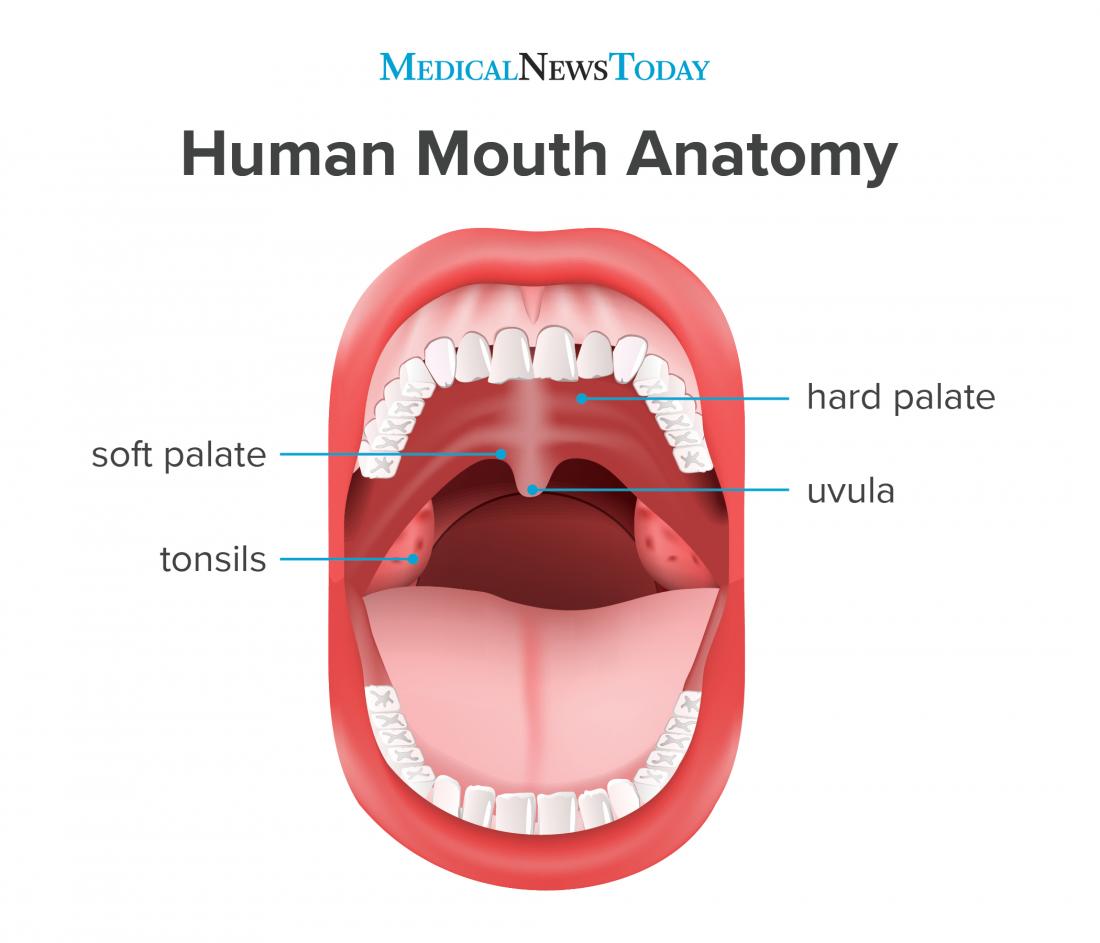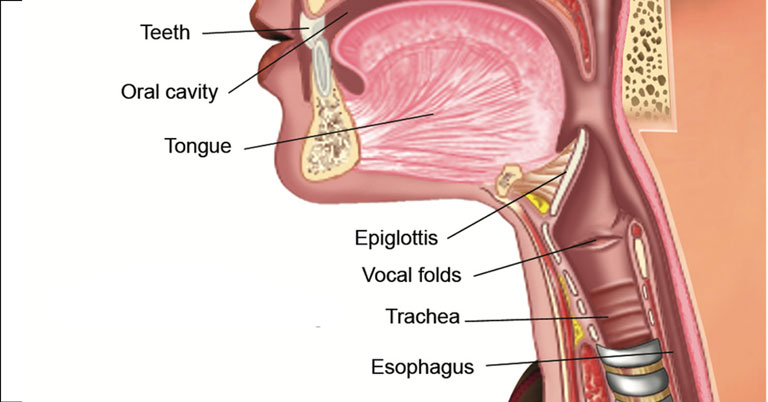
(This article is not done yet.)
Topics you will read about:
-mouth -large intenstine
-teeth -small intestine
-tongue -appendix
-epiglottis
-salivary glands
-pharyx
-esophagus
-liver
-gallbladder
Mouth
According to https://www.betterhealth.vic.gov.au/health/ConditionsAndTreatments/mouth, the mouth is an oval-shaped cavity inside the skull. The mouth is mostly used for eating and talking. The parts of a mouth are the teeth, tongue, lips, gum, minor salivary glands, and palate. Since we are already going to talk about the teeth, tongue, and salivary glands, let’s talk about the lips, gum, and palate.
A lip is a “soft pliable anatomical structure that forms the mouth margin of most vertebrates,” according to brittanica.com. Lips are used for eating and keeping unwanted objects out of the mouth. Imagine having no lips, a bee could fly inside your mouth any time of the day!
The gum is part of the soft tissue lining the mouth. They seal the teeth and unlike other tissues, it wraps over the underlying bone and resists the friction of food passing over them. (wikipedia.com)

The palate is the muscular part at the roof of the mouth. There are two palates: the soft palate and the hard palate. The soft palate is located at the back of the mouth, whereas the hard palate is nearer to the teeth. Palates aid with speech, swallowing, and breathing.
A tonsil is a lump of tissue. You have two tonsils, one on each side of your mouth. Because tonsils are so close to the throat, their job is to stop germs from entering the body through the mouth or nose. They also contain a lot of white cells that are responsible for killing germs, says. Despite this, some people may have to get their tonsils removed because of many infections or if it is enlarged to an extent.
The uvula is the dangling flesh at the back of your throat. This part of your mouth is important when swallowing food. The soft palate and uvula work together to prevent food from entering the nasal cavity. (Article on this coming soon.) The uvula also produces saliva that helps quench the mouth and aids with speech.
Teeth

The teeth are the hardest substances in the human body. They are considered an”ectodermal organ“, according to https://www.ncbi.nlm.nih.gov/. Most adults have 32 teeth without molars, whereas children mostly have 20 teeth. A surprising fact is that teeth are not made of bone. They are made of pulp, dentin, enamel, and cementum.
The pulp is essential, as it creates dentin and gives the teeth nutrition. It also aids the dentin with moisture.
Dentin is located in the middle of the enamel and pulp. Its main job is to help with the structure of the tooth since it fills up the middle of the tooth. It also protects the soft pulp from infections. According to http://www.britannica.com, ” It is harder than bone but softer than enamel and consists mainly of apatite crystals of calcium and phosphate.”
The enamel is the cap of the tooth and protects sensitivity from the inner areas of the teeth. Without the enamel, the nerves would become sensitive when you ate something. “It is made mostly of an extremely hard mineral called calcium phosphate.” (http://www.towncaredental.com)
Cementum is a tissue that is constantly growing. It covers the outside of a tooth root and attaches the tooth to the alveolar bone. To imagine the alveolar bone, you can imagine a jaw without any teeth, and just the holes of the teeth in its place. That is the alveolar bone. The cementum’s main job is to support the teeth and hold the teeth in the alveolar bone.
Tongue
The tongue is a muscular organ located in the mouth. The tongue is made of pink tissue called the mucosa. The rough bumps on the tongue are called papillae, which are covered by taste buds. You may have heard of the “taste map” for the tongue, where sections of the tongue are labeled off as where we taste different tastes. Chemosensory scientists are people who study how organs react to chemical stimuli and have realized that this information is fake. The tastes are actually distributed all over your tongue rather than in parts.
Note: The tongue is used for chewing and swallowing food, as well as speech. (www.webmd.com)
Epiglottis

The epiglottis is located above the larynx and protects food and liquids from entering your windpipe. Your windpipe is also known as the trachea and is an airway that starts at your larynx and travels to the airway that leads to your lungs. The second airway that leads to your lungs is called the bronchi. When the epiglottis becomes swollen, the airway shrinks and may become blocked. This prevents you from getting enough oxygen, which can cause your body damage within minutes.
“The epiglottis is made out of elastic cartilage and a mucous membrane, attached to the entrance of the larynx.,” wikipedia.com states.
Salivary glands
Salivary glands are accessory organs that create saliva for the body. There are three major salivary glands: the parotid glands, the submandibular glands, and the sublingual glands. (https://www.mskcc.org)
Parotid Gland


The parotid gland is the largest gland out of the major three. When saliva is produced by the parotid gland, it gets transferred to the mouth by a duct near the left upper molar. This duct is called the Stensen’s duct.
The parotid gland is separated into two parts: the superficial lobe and the deep lobe. (Shown on the right.) The orange nerve separating the two parts is the facial nerve that can control whether you close your eyes, frown, or smile.
Two other parts of the parotid gland that are important to list are the external carotid artery that supplies most of the blood for the head and neck, and the retromandibular vein provides venous drainage to the head and ear. (Venous meaning the blood in the veins.) These parts are located


Submandibular glands

The submandibular glands are located under your teeth. It is about a size of a walnut. The saliva that is produced by the glands travels under your tongue. You may have guessed that since you don’t get much saliva from on top of your tongue. (This is as much information I can tell right now since I cannot find a picture of the superficial lobe and the deep lobe.)
Sublingual glands.
(info coming soon)
Pharynx

I hope to see one new
Seems like there is no new post here
オオタニ ショウヘイは、大リーグで活躍しています。
彼は、素晴らしい肉体を武器に野球をしています。
彼が所属している野球チーム・エンジェルスの本拠地は、カルフォルニア州アナハイム。
シャノンが住んでいるところからとても近い。
私たちは、テレビを見て彼を応援している。
そして「アナハイムはシャノンが住んでいる町の隣り」と考えて
アナハイムは、「今は夕方だ」とか「今は夜だ」と話してます。
人間の可能性は、まだまだ未知数です。彼はもっともっと活躍します。
そして彼はいつも笑顔です。それは素晴らしいことだ。
日本は、新型コロナが変異して感染者が増えている。人体は複雑で、まだ未知の部分が多い。
将来、人間からペットにも感染するかもしれない。我が家の犬(ムーラン)と猫(ミルク)も
だんだん危険になってくるかも。早く特効薬ができるといいね。
オリンピックを見ていると、人間は個人差が大きいことがよく分かる。身長が2メートル以上の人が珍しくない。人体の神秘を感じてしまいます。
関係ない話ですが、オオタニ・ショウヘイは、アメリカでがんばっているね。礼儀正しく人気がすごいね。彼は体が大きくて運動神経も抜群、さらに性格がすごく良い。いつも笑顔だね。
I didn’t even know who Ohtani Shohei was! And wow, you’re right, he’s really tall!
どれも難しい内容ばかりなので、コメントをためらっています。
体のことは、少しは分かるかな?
今年は6月に胃カメラで胃の中を検査しました。さらに大腸検査も
しました。異常なしでしたが、今は自分の胃の中や大腸の中を映像を
見ながら検査を受けられるのです。検査は苦しくもなく簡単に終わります。
大人になったらシャノンも受けてみて下さい。
日本はオリンピックの最中です。とにかく熱い。😎
新型コロナワクチンもやっと2回目接種しました。
こんにちは!私は人体について学び、何が起こっているのかを理解し、うまくいけば私の体について他の人を教育しています。そうすれば、あなたや誰かが怪我をしている場所を示し、緊急時に彼らの身体の健康を助ける論理的な方法を見つけることができます。 (医者が最も賢い解決策ですが。)あなたは2回目の服用をしたと言いましたよね?副作用はありましたか?